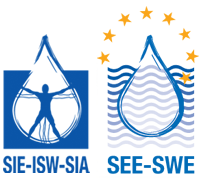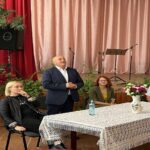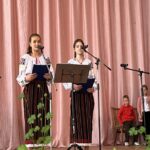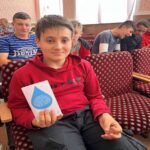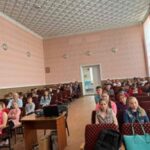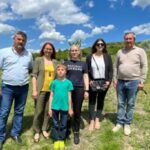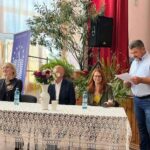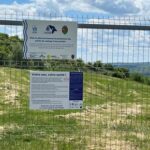On May 27, SWE organized an event for the launch of the project “Implementation of protection measures for drinking water catchment points” at the House of Culture in the village of Vinatori, Moldova. A look back at this project which has enabled the rehabilitation and securing of water catchment points supplying water to the 1200 inhabitants of this locality.
Ensuring the ecological protection of the Vinatori water resource
Vinatori is a small rural locality of 1200 inhabitants located in the Nisporeni region, 70 km west of the Moldovan capital Chininau.
The project of rehabilitation of water catchment points had been identified in 2018, following the realization of a technical and institutional diagnosis of the Nirnova river basin. Indeed, and unlike many Moldovan municipalities, Vinatori has historically benefited from a subsoil-very little polluted, thus benefiting from a good quality water. The 1200 inhabitants of the commune were therefore regularly supplied with water via numerous wells spread over two vast catchment areas. However, these wells were not protected in any way, and many were even seriously degraded, exposing the water resource to multiple risks of pollution.
SWE’s action consisted in the implementation of measures to rehabilitate the wells of the commune, through the implementation of immediate protection measures (installation of covers, consolidation of structures, clearing…) and close protection measures (securing the area through the installation of fences). In the long term, the objective is to significantly reduce the sources of pollution that could potentially impact the resource (stray animals, wastewater discharge in the vicinity, waste, passage of agricultural vehicles, etc.).
30 wells were secured as well as 200 hectares of land.
Educational signs have also been installed at both sites, including prevention measures and recommendations for well owners and site users.


Examples of a non-renovated well (left image) and a renovated well (right-left image)


Fence securing access to the well area
Mobilize the population on issues related to the protection of the resource
Following the completion of the work, SWE carried out an information and mobilization action for the beneficiaries during a project inauguration event.
This inauguration included several highlights: a welcome by local authorities, a presentation of the project to the inhabitants by SWE and the construction company, a time for discussion and finally, a visit of the protection zones.
Several key partners took part in this event, including the French Embassy in Moldova, the president of the Nisporeni rayon as well as many inhabitants of neighboring villages. A festive animation was also proposed by the children of the school of the village of Vinatori with a recital of songs and poems on water and peace.
This launch event was also an opportunity for SWE to draw the attention of residents to the issues related to the protection of drinking water catchment areas and the risks of contamination and pollution of springs. Recommendations for the proper use of the wells were presented to the well owners in conjunction with the company that carried out the rehabilitation work.
These measures include
- Protection of the water resource from the well by removing or reducing pollutants from the soil surface,
- Regular inspection of wells and covers
- Regular water testing to detect possible contamination.
The action carried out in Vinatori is part of a larger program carried by SWE on the Nirnova River Basin since 2018 entitled “Access to water and sanitation for the villages of the Nirnova River Valley” coordinated by SWE on the basin since 2017.
The actions carried out aim to ensure and improve access to water and sanitation in the communes of the Nirnova Valley in Moldova in a sustainable manner and to set up governance tools that can ensure the sustainability of local water and sanitation management and guarantee the quality of the water resource in the long term.
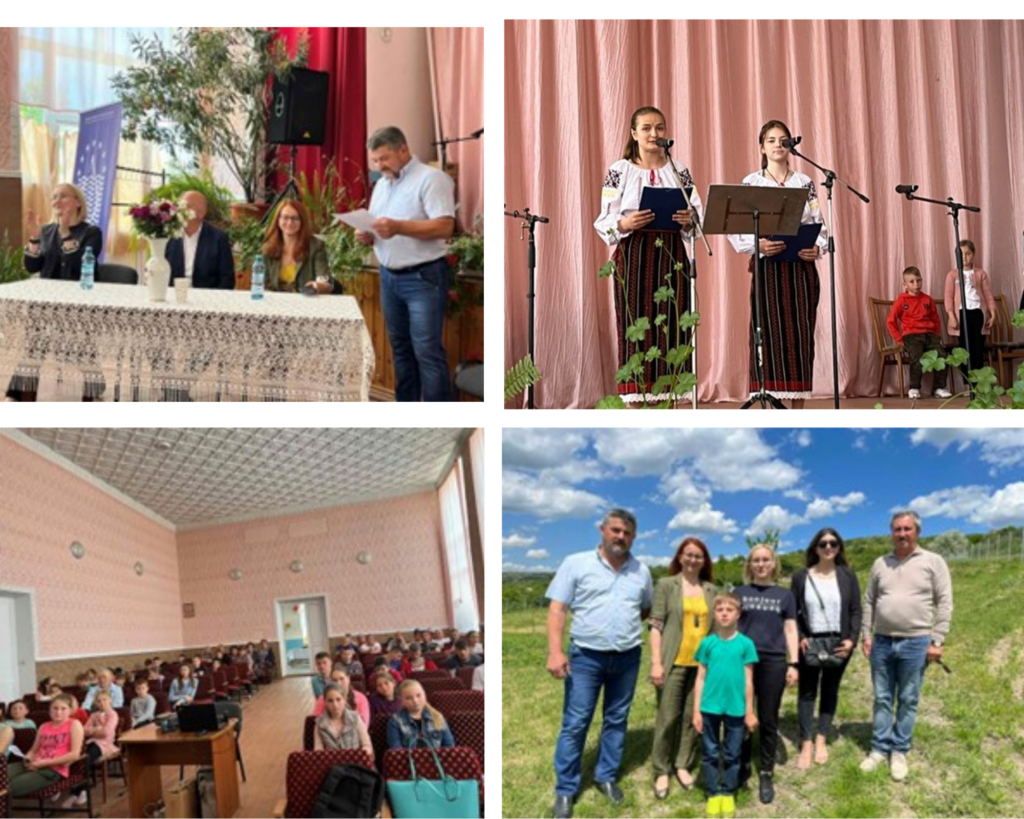
Key figures:
- 2 hectares of land protected
- 30 wells rehabilitated
- 1200 beneficiaries
Thanks to our partners

